
The #1 Habit That’s Quietly Destroying Muscle in Older Adults — Are You Guilty of This?
The #1 Habit That’s Quietly Destroying Muscle in Older Adults — Are You Guilty of This?
Imagine waking up one morning and realizing your body just doesn’t respond the way it used to. Your legs feel unsteady, your arms lack strength, and even the simplest movements seem exhausting. While many people assume this is just part of getting older, it’s often the result of a hidden daily habit that slowly erodes your muscle strength without you even noticing. What makes this especially dangerous is that the loss happens silently — no pain, no clear warning — until suddenly, you struggle to climb stairs, get out of bed, or even stand from a chair.
This subtle but destructive habit accelerates a condition called sarcopenia, the gradual decline of muscle mass and strength. Sarcopenia affects millions of older adults around the world, often robbing them of their independence and quality of life. The good news? Once you recognize the habits that contribute to it, you can start reversing the process. (Insights adapted from Dr. RN Veller.)

💡 Understanding Sarcopenia: It’s Not Just About Getting Older
Before diving into the most damaging habits, it’s crucial to understand one thing: sarcopenia is not an inevitable part of aging. It’s a medically recognized condition that develops from a mix of inactivity, poor nutrition, and lifestyle factors.
Surprisingly, muscle loss doesn’t suddenly begin in your 60s or 70s — it can start as early as your 30s or 40s, especially if you lead a sedentary lifestyle or eat poorly. Over time, this early decline compounds, leaving your muscles weaker and your metabolism slower.
So, the real question is: which of your daily habits are quietly stealing your strength?
✅ Key Takeaways
-
Sarcopenia is a medical condition, not just a symptom of old age.
-
Muscle loss can begin decades earlier than most people realize.
-
Your everyday habits — not just genetics — determine how fast or slow it progresses.
-
The good news: simple, consistent changes can dramatically slow or even reverse muscle decline.
🎯 The Top 10 Habits That Harm Your Muscles
Let’s uncover the most common habits that slowly weaken your muscles. The final one might surprise you — it’s something many people skip because they “feel fine,” yet it could be the most dangerous of all.
➡️ Habit 10: Sitting for Too Long Without Breaks
It might seem harmless, but prolonged sitting is one of the sneakiest destroyers of muscle health. Studies reveal that sitting for six or more hours a day without movement accelerates muscle loss, particularly in the legs and hips, and even affects balance — increasing the risk of falls. Some experts compare its impact to smoking or eating excessive sugar.
Even if you exercise, long, uninterrupted periods of sitting still counteract those benefits. When you don’t move, your body assumes it no longer needs strong muscles and begins breaking them down.
How to fix it: Stand up or stretch every 40–60 minutes. Take short walks, do heel raises, or gently twist your torso. These mini-breaks can help your circulation, mobility, and metabolism stay active throughout the day.
➡️ Habit 9: Skimping on Sleep
Sleep isn’t just rest — it’s your body’s repair mode. During deep sleep, tissues rebuild, hormones balance, and muscle fibers heal. Getting less than seven hours of sleep consistently interferes with growth hormone production and slows down muscle recovery.
Even with good nutrition and exercise, poor sleep disrupts progress. Lack of rest drains your energy, increases inflammation, and makes your muscles more prone to soreness and injury.
How to fix it:
-
Aim for 7–8 hours of sleep nightly.
-
Turn off screens at least an hour before bed.
-
Keep your room cool, dark, and quiet.
-
Try relaxing habits like deep breathing or gentle stretches before sleeping.
If you still wake up tired, check for potential issues like sleep apnea, caffeine overuse, or nutrient deficiencies such as magnesium.
➡️ Habit 8: Not Eating Enough Quality Protein
One of the biggest nutritional mistakes among older adults is cutting down on protein. Your body actually needs more protein with age, not less, because digestion and absorption efficiency decline over time. Without enough protein, muscles can’t rebuild or maintain their structure.
The fix: Include both animal and plant proteins — fish, eggs, yogurt, lentils, tofu, and nuts. Aim for a serving of protein at every main meal. Pair it with healthy fats and complex carbs for balanced energy and muscle recovery.
➡️ Habit 7: Overusing Painkillers and Anti-Inflammatories
While convenient, frequent use of painkillers like ibuprofen or acetaminophen interferes with the body’s natural healing process. Chronic use suppresses the very inflammation your muscles need for growth and recovery, leading to long-term weakness.
Plus, overuse can harm your liver, kidneys, and stomach, affecting nutrient absorption and overall muscle health. Often, the real cause of chronic pain isn’t aging but dietary inflammation — processed foods, sugar, and trans fats are major culprits.
➡️ Habit 6: Consuming Muscle-Breaking Foods
Your diet either fuels your muscles or breaks them down. Foods high in sugar, refined flour, seed oils, alcohol, and artificial sweeteners promote inflammation and reduce nutrient absorption. These foods create a toxic environment for your muscles and your gut microbiome, slowing recovery and increasing fatigue.
Tip: Replace processed snacks with real foods — fresh fruits, whole grains, olive oil, nuts, and lean proteins. Your muscles thrive on nutrients, not empty calories.
➡️ Habit 5: Avoiding Strength Training
Avoiding strength or resistance exercises is one of the fastest ways to lose muscle. Adults lose up to 8% of their muscle mass each decade after 30 — unless they actively train to prevent it. Strength training improves balance, bone density, and even mental health.
You don’t need a gym or heavy weights — resistance bands, bodyweight exercises, and light dumbbells are enough to keep your muscles strong and responsive.
➡️ Habit 4: Not Staying Hydrated
Water is the foundation of muscle performance. When you’re dehydrated, your muscles become less flexible, making cramps and soreness more likely. Dehydration also reduces nutrient delivery to tissues, accelerating fatigue and weakness.
Simple rule: Multiply your body weight (in kg) by 30 to estimate how many milliliters of water you need daily. Herbal teas and soups count — but remember that coffee, soda, and alcohol don’t.
⚠️ The Top 3 Worst Habits for Your Muscles
These final three habits have the most powerful impact on muscle loss — and the last one is often ignored even by health-conscious adults.
➡️ Habit 3: Eating Refined Sugar Every Day
Sugar not only raises insulin levels but also triggers chronic inflammation, blocking muscle repair and contributing to early aging. It also increases belly fat, which produces inflammatory hormones that further weaken muscle tissue.
Healthy swap: Choose natural sweetness from fruits, dark chocolate, or dates instead of processed desserts.
➡️ Habit 2: Skipping or Undereating Breakfast
Your first meal sets the tone for your metabolism. Skipping breakfast — or eating a nutrient-poor one like coffee and white bread — sends your body into “energy-saving” mode, slowing muscle repair and fat burning.
Upgrade your breakfast: Include protein (eggs, yogurt, cottage cheese), healthy fats (avocado, nuts), and fiber-rich carbs (whole oats, fruit with skin). This combination stabilizes blood sugar and provides steady energy for your muscles all day.
➡️ Habit 1: Ignoring Regular Medical Check-Ups
This is the #1 muscle-destroying habit — and the easiest one to fix. Many people avoid check-ups because they feel fine, but silent issues like vitamin D deficiency, diabetes, high blood pressure, or mild kidney problems often go unnoticed until damage sets in.
A lack of regular screening means deficiencies and imbalances can quietly erode muscle and bone strength. Even something as simple as low vitamin D can weaken muscles and increase fall risk.
What to do:
-
Get yearly blood tests (including vitamin D, iron, and thyroid).
-
Review medications with your doctor — some may contribute to muscle loss.
-
Deworm once a year if recommended.
-
Don’t wait for symptoms; prevention is always easier than treatment.
Ignoring your health because you “feel fine” might be the most dangerous mistake of all.
🌟 Final Thoughts
Muscle loss isn’t inevitable — it’s preventable. By breaking harmful habits and building better ones, you can stay strong, mobile, and independent for decades longer. Remember: the sooner you act, the stronger your future self will be.
Source: Adapted from insights by Dr. RN Veller and additional research from current medical and nutritional studies (2024–2025).
News in the same category


7 Best Foods to Rebuild Your Muscle Strength After 50

3 Warning Signs That Appear Days Before a Stroke Everyone Should Know to Prevent It
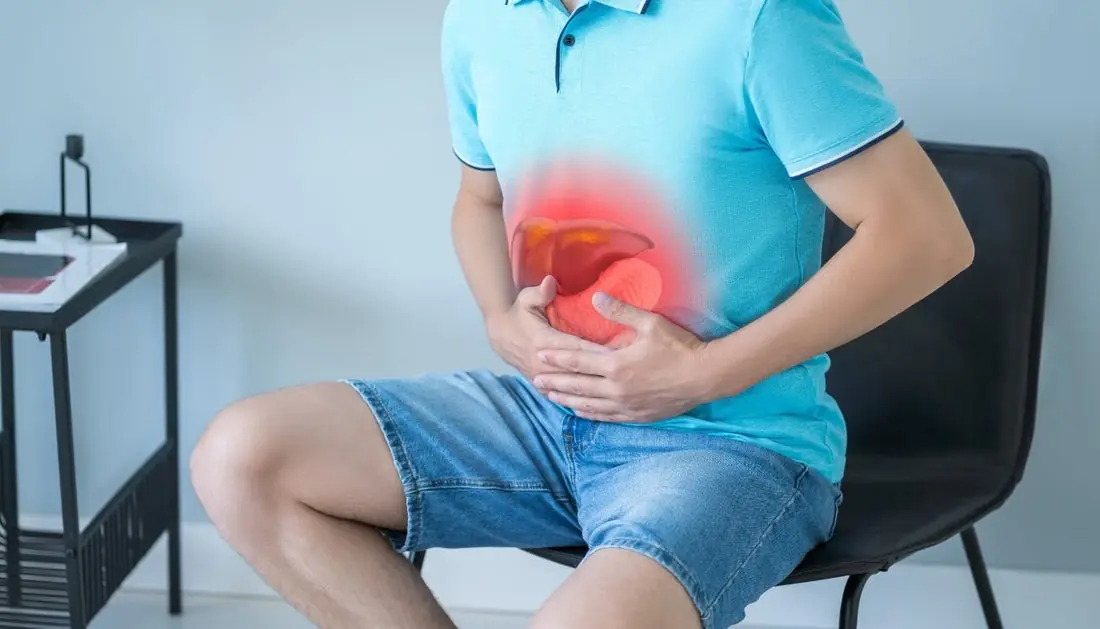
9 Hidden Causes of Bloating (And the Science-Backed Fixes)
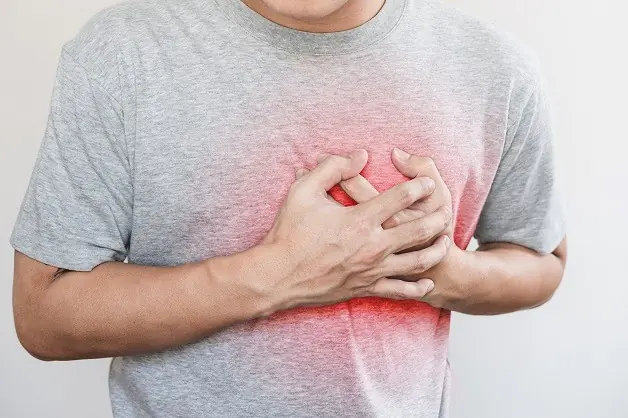
5 Common Habits That Are Secretly Harming Your Heart You Probably Didn’t Know

Eat cloves every day, but avoid this common mistake!
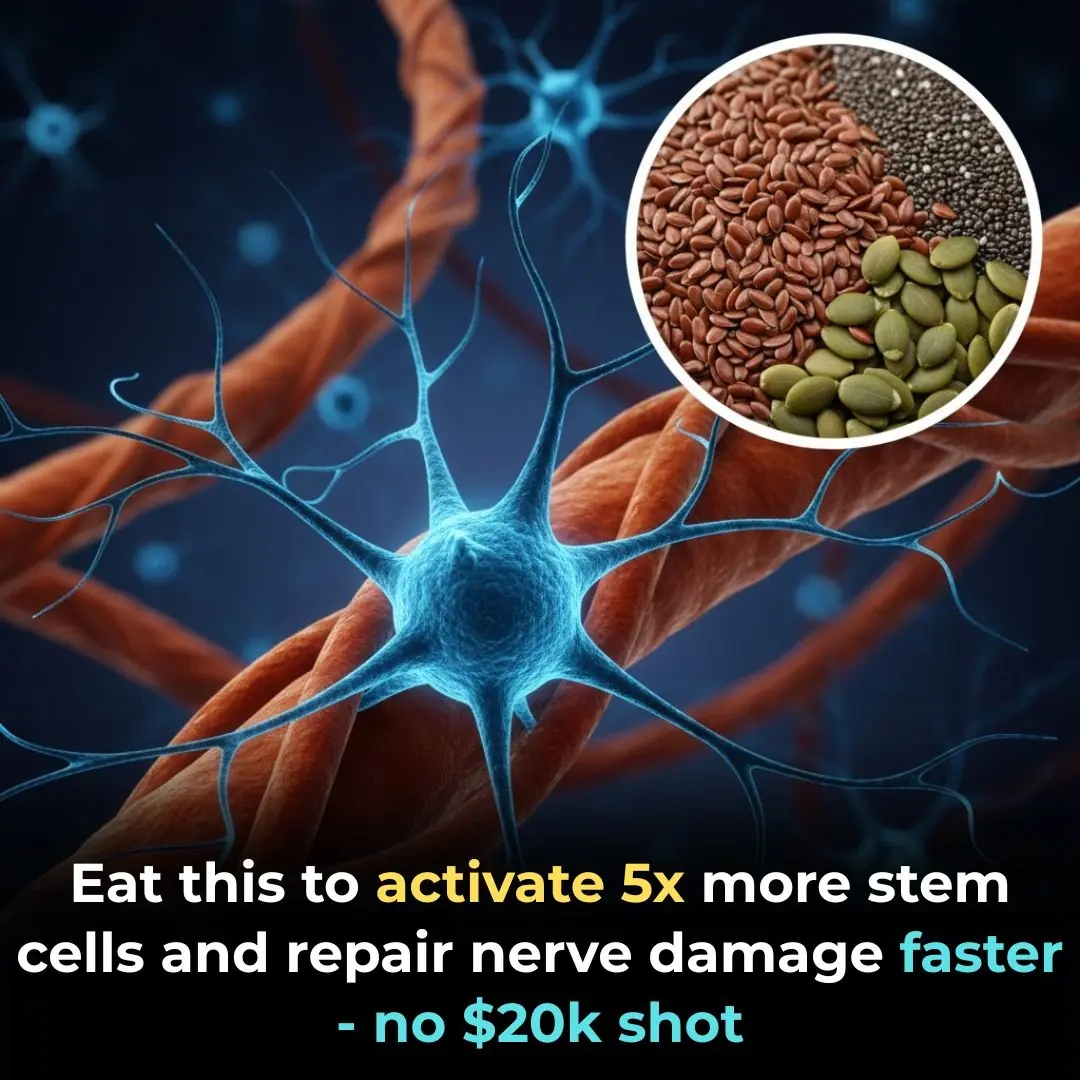
Eat this to activate 5x more stem cells and repair nerve damage faster — no $20k shot
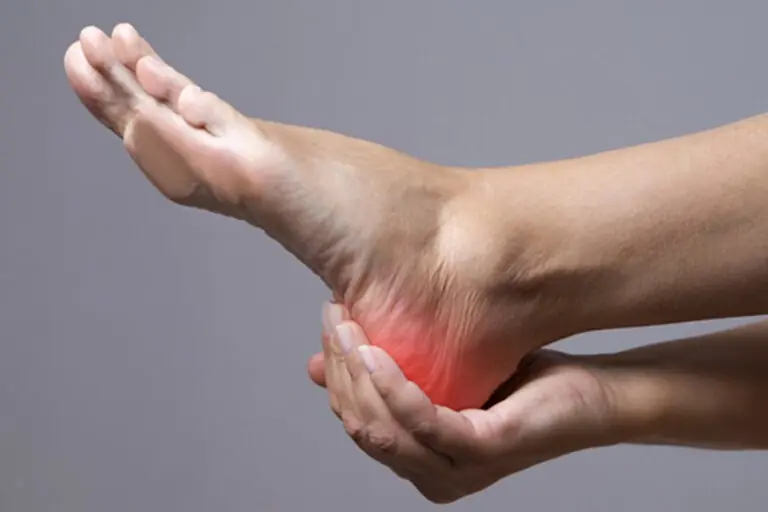
YOUR FEET ARE A 'BLOOD SUGAR METER' BEWARE OF DIABETES IF YOU FREQUENTLY EXPERIENCE THESE 12 SYMPTOMS
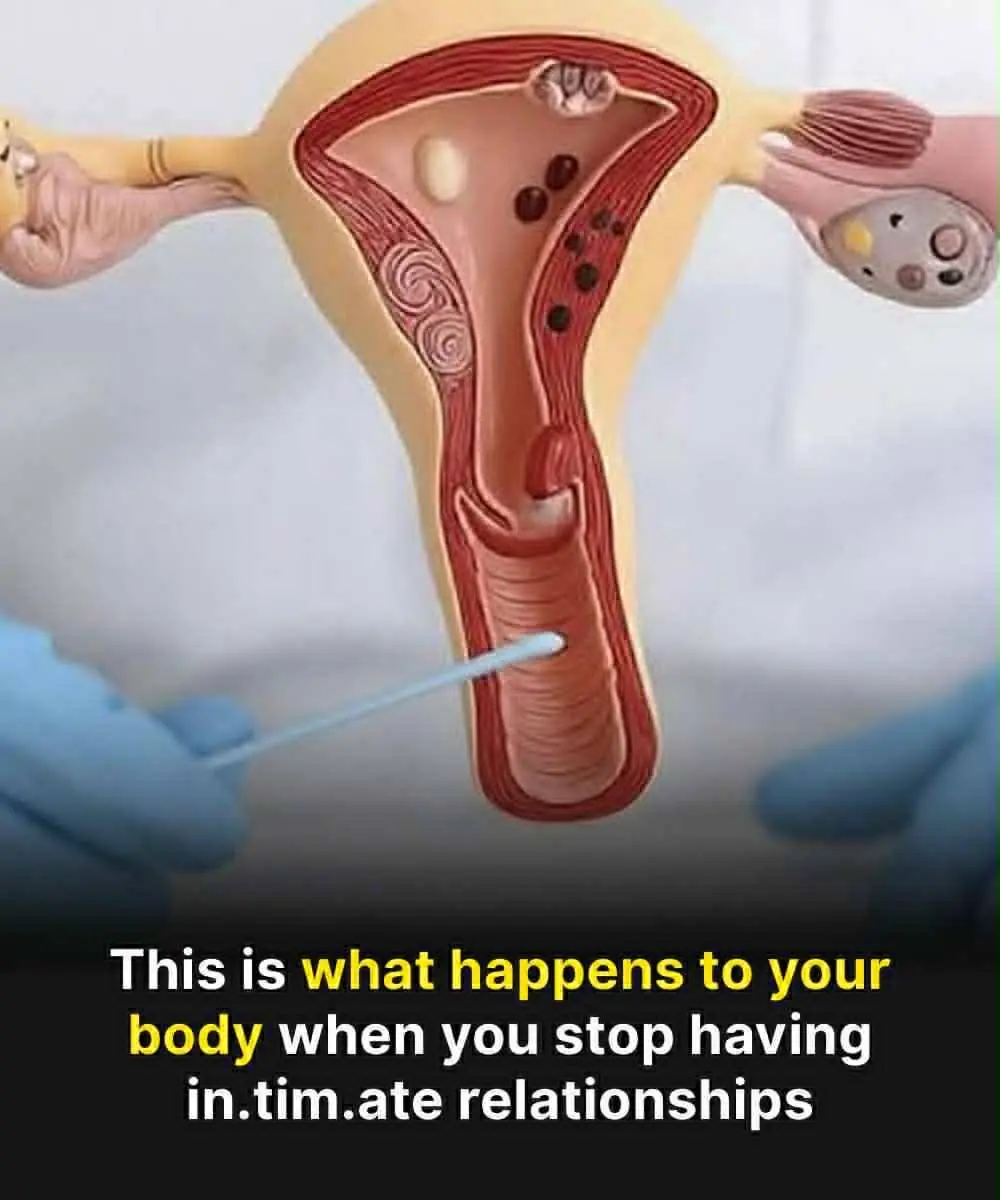
The Hidden Consequences of a S*xless Life

Keeping these 4 things on your bedside table can easily cause insomnia and hair loss

Take lemon and garlic on an empty stomach for 7 days — unclog your arteries

Put these two under your tongue to stop inflammation fast

Eat cloves every day, but avoid this common mistake!

Powerful Natural Blend for Men Over 40: Restore Strength and Vitality Naturally
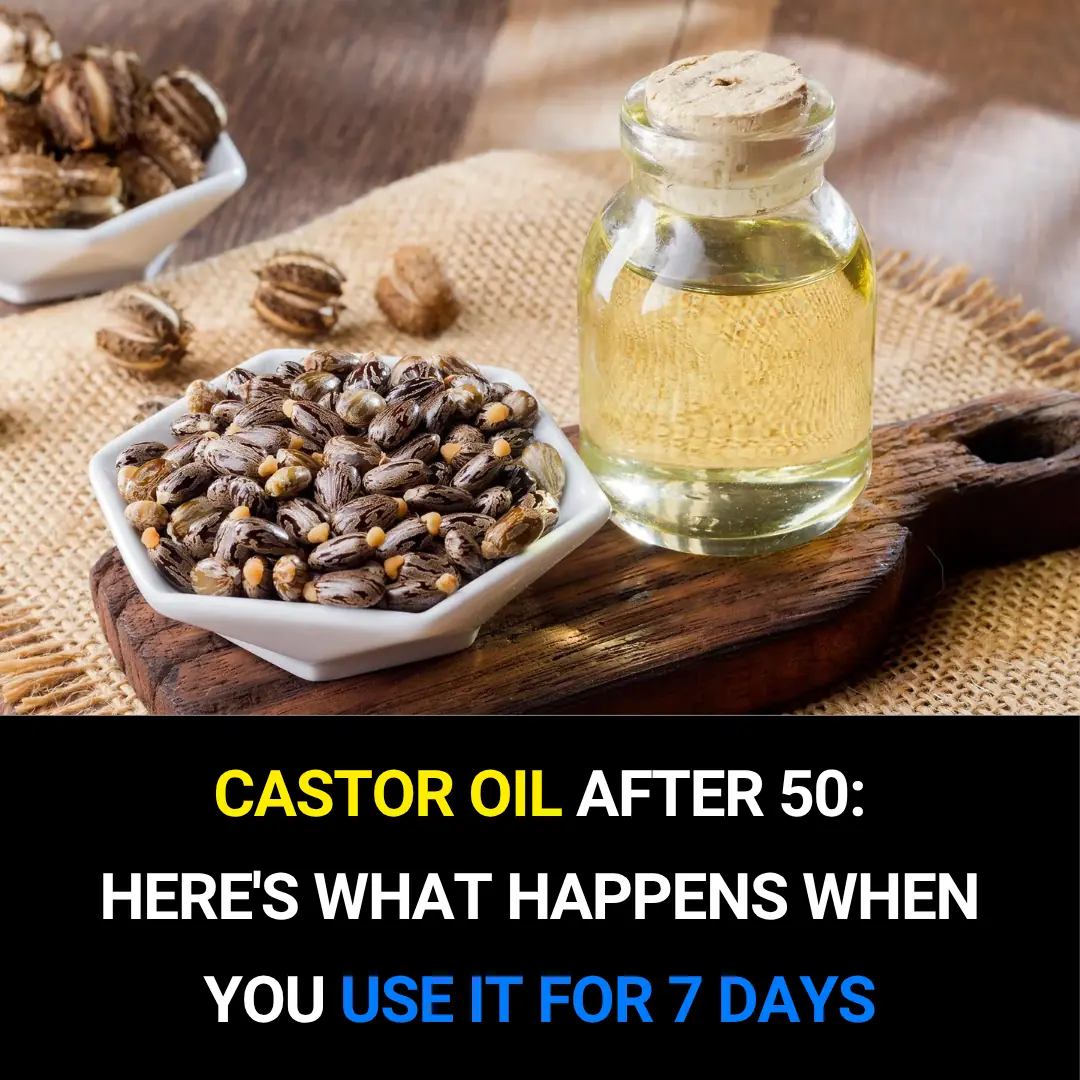
Castor Oil After 50: Here’s What Happens After 7 Days of Use! 🌿✨
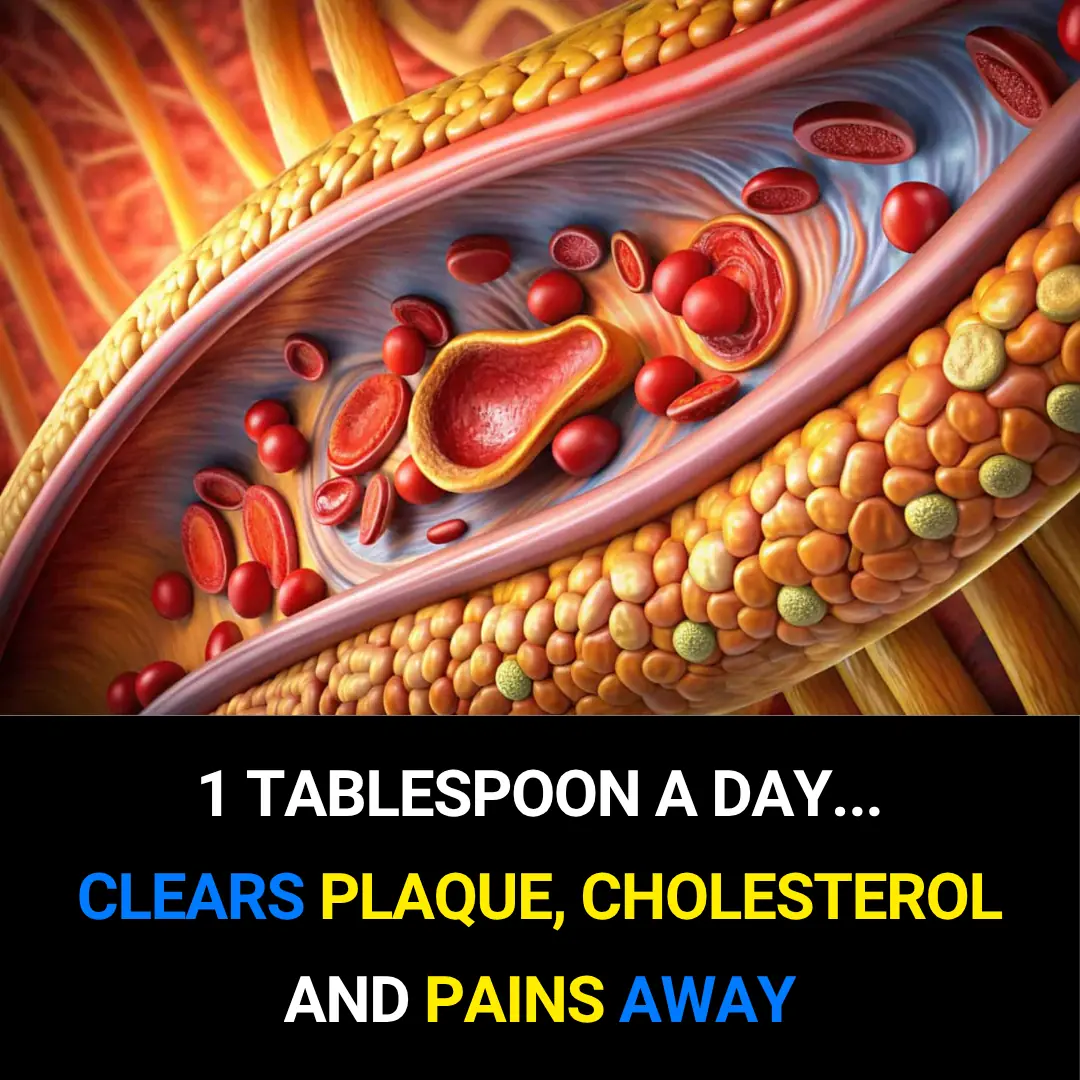
Unlock the Secret Benefits of Olive Oil 🌿✨

Mix One Ingredient With Orange Juice To Flush Toxic Buildup From The Lungs

Nine-Year Study Finally Clarifies the Link Between Sugar and Cancer
News Post

Strictly star George Clarke opens up on ‘scary’ paparazzi incident with famous girlfriend: ‘Why is this relevant?’

Traitors star calls out Joe Marler’s ‘rule break’ in show finale: ‘It’s not really within the rules to do that’

Your oven hood filter is a greasy mess. Effortlessly get it clean like new again

🧠 A Neurosurgeon Says Your Legs Could Predict Dementia Years Before Memory Loss

7 Best Foods to Rebuild Your Muscle Strength After 50

The B Vitamin Solution: How to Lower Blood Pressure When Medications Fail

The secret to longevity after 50: 'Golden' foods for good health

‘Pause That Lil Interview’: Carmelo Anthony’s Behavior During Son Kiyan’s Postgame Session Has Fans Calling Out His ‘Drunk Dad’ Energy

Hannah Ferguson Is The Proud Owner Of The First Black Woman-Owned Cidery In Ohio

Here’s Why We Should Talk About Aunt Polly Jackson More Often

5 Important Things You Should Know About Huey P. Newton

Meet Mary Lumpkin, The Enslaved Woman Who Transformed A Slave Jail Into An HBCU

‘Six Triple Eight’ Veteran Millie Dunn Veasey Posthumously Honored With Raleigh Post Office Renaming

‘Sun Ra Arkestra’ Jazz Musician Marshall Allen to Release Debut Solo Album at 100 Years Old

3 Warning Signs That Appear Days Before a Stroke Everyone Should Know to Prevent It

9 Hidden Causes of Bloating (And the Science-Backed Fixes)

Melania Trump's outfit choice when meeting Kate Middleton and Prince William has everyone saying the same thing

5 Common Habits That Are Secretly Harming Your Heart You Probably Didn’t Know
